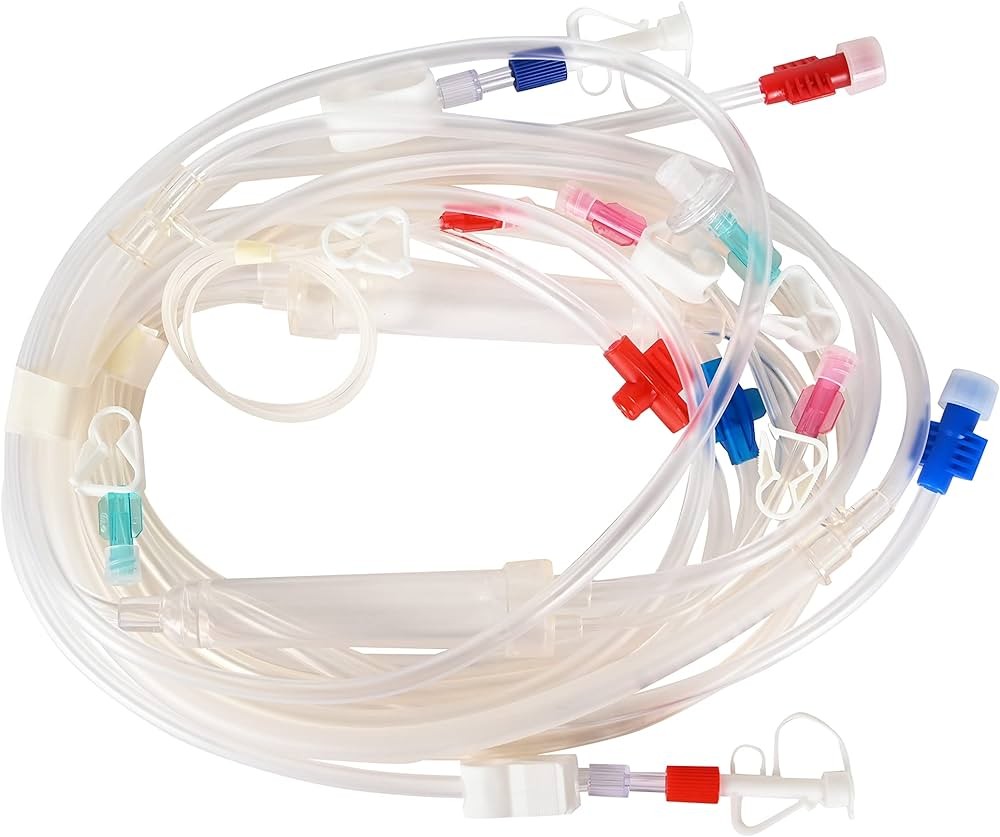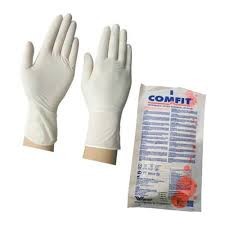

Functional Knee Support tynor (D09)
ফোনে অর্ডার করার জন্য কল করুন
-
৳540.00
-
৳11.00
৳13.00 -
৳685.00
৳1,000.00 -
৳685.00
৳1,000.00
Reviews & Ratings
Knee supports, also known as knee braces or knee sleeves, are designed to provide stability, compression, and support to the knee joint. They work in several ways:
Stability: Knee supports are often used to provide stability to the knee joint, especially for individuals who have suffered from knee injuries or have conditions like ligament instability (such as ACL tears). By stabilizing the knee, these supports help reduce excessive movement and prevent further injury.
Compression: Many knee supports provide compression to the knee joint and surrounding muscles. Compression helps improve blood circulation, reduce swelling, and alleviate pain. It can also provide proprioceptive feedback, which enhances the wearer's awareness of their knee joint position, potentially reducing the risk of injury.
Warmth: Knee supports can also provide warmth to the knee joint, which can be soothing and therapeutic, especially for individuals with conditions like arthritis or mild strains. The warmth helps increase blood flow to the area, promoting healing and reducing stiffness.
Protection: Some knee supports are designed to offer protection to the knee joint during physical activities or sports. They may have padding or reinforced components to shield the knee from impact or injury.
Alignment: Certain types of knee supports, such as corrective braces, are designed to help align the knee joint properly. These braces are often used by individuals with conditions like patellar tracking disorder or knee osteoarthritis to help improve biomechanics and reduce pain.
It's essential to choose the right type of knee support based on your specific needs and condition. Consulting with a healthcare professional, such as a physical therapist or orthopedic specialist, can help you determine the most suitable knee support for your situation. Additionally, proper fitting and usage of the knee support are crucial to ensure effectiveness and comfort.
Frequently Bought Products
-
৳540.00
-
৳11.00
৳13.00 -
৳685.00
৳1,000.00 -
৳685.00
৳1,000.00







